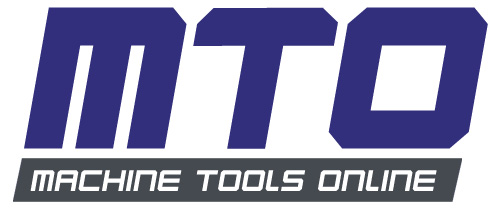Workflow and material handling - space, speed and sequences.
Get the layout right and production increases along with profits.
Welcome back to our set of articles covering the 5 considerations when buying a new press brake. In this, the third installment we are going to cover a much overlooked, but very important aspect of ownership: where your press brake is physically located. This has a material effect on how your work pieces are processed before and after bending, how the work piece is manipulated during bending to achieve the desired outcomes and of course - efficiency and profitability.
Where to put your new press brake - some things to think about.
The first and most obvious point is - how do I get power to my new machine. Of course this is key, but only one of many factors in placement. Other things to consider are floor thickness to anchor the machine down (important for stability and accuracy), operating space and workflow.
When it comes to power, a good stable power supply is paramount and particularly important for CNC hydraulic press brakes. The electrical supply must suit the machine and include neutral and earth as required, as well as the recommended breaker capacity back at the distribution board.The routing of the cable should comply with electrical installation best practices and should be shielded with steel trunking and be protected from yanking with grommets. Ensure that the power switch and socket for the supply is within easy reach in case of emergencies or for routine maintenance when the power must be removed from the machine.
An example floor plan for a light fabrication shop. Note span crane and three distinct paths between machinery from left to right.
The floor thickness and how level it is, plays an important part in the stability and accuracy of your press brake. Anchoring your machine is best practice and often a prerequisite for your guarantee to be honoured by the machine tool dealer. A floor of 100mm thick is usually sufficient for a 40-80 ton press brake, whilst a thickness of 150 to 200mm is recommended for heavier machines. When it comes to outsize machines of 4 metres and 250 tons or more a custom foundation is recommended for the best results. In terms of levelling the machine, the more level the floor, the easier this is. Small variations in grade can be eliminated with the jacking bolts on the four corners of a hydraulic press brake. The machine must be levelled front to back and side to side.
Work flow and workpiece manipulation - efficient, safe bending.
Space is indeed the final frontier and is important to ensure good access to the machine on all four sides, allowing steady material in and out flows from the workspace and the operator to manipulate large workpieces safely with assistance from co-workers or lifting machinery. Our recommendation is to have the machine only adjacent to something on one side if possible, that being the rear. A minimum of 2000mm between the rear of the machine and boundary (wall, other machine working space etc.) is advised. The reason for this is to allow unfettered access from the front as well as the sides. Bending from the front is most common, but a job may require the workpiece to be extracted from the machine from the side - particularly when bending pipes. Budget about 5 meters in the front of the machine and at least 3.5 meters on either side.
Intimately linked to the space consideration is workflow and bend sequencing/material handling. How do you plan to get the material to and from the machine? Is the material pre-processed in some way before hand, and what are the handling requirements? What is the post-processing requirement? Too often we see a situation where the press brake is added as the final piece to a fabrication workflow because bending work was hitherto outsourced - and because of this the cutting station (whether plasma, laser or shearing) or final assembly line is too far or inconveniently located to serve the press brake quickly for efficient production. Remember the principle of ‘minimum distance’, keeping material movement as short as possible.
Heavy or large work piece bending requires additional support from other operators or lifting equipment at the front of the press brake.
Finally the act of bending, particularly complex or heavy workpieces is an artform in itself. With highly automated machines such as CNC hydraulic press brakes, operators are shown part manipulation sequences for bending in 3D on the control. On conventional hydraulic press brakes, this is either sequenced with offline software and demonstrated to the operator or done the old fashioned way, directly on the machine as a test case. However careful thought must be given to material handling. How heavy is each work piece? How will you handle outsize jobs that need specialised lifting equipment or more than one operator to manipulate work pieces between bends? Even if the part can be handled by one person, is there sufficient space to do so safely and quickly? These are important items to consider.
We hope we have given you some food for thought - and whilst we don’t have the answers for every case, we can certainly challenge you and your thinking to help you get the best outcome from the installation of your new press brake. Why not join us again next time when we have a look at the 4th consideration, the ''Back Office'' - which includes your drafting and bending software.



